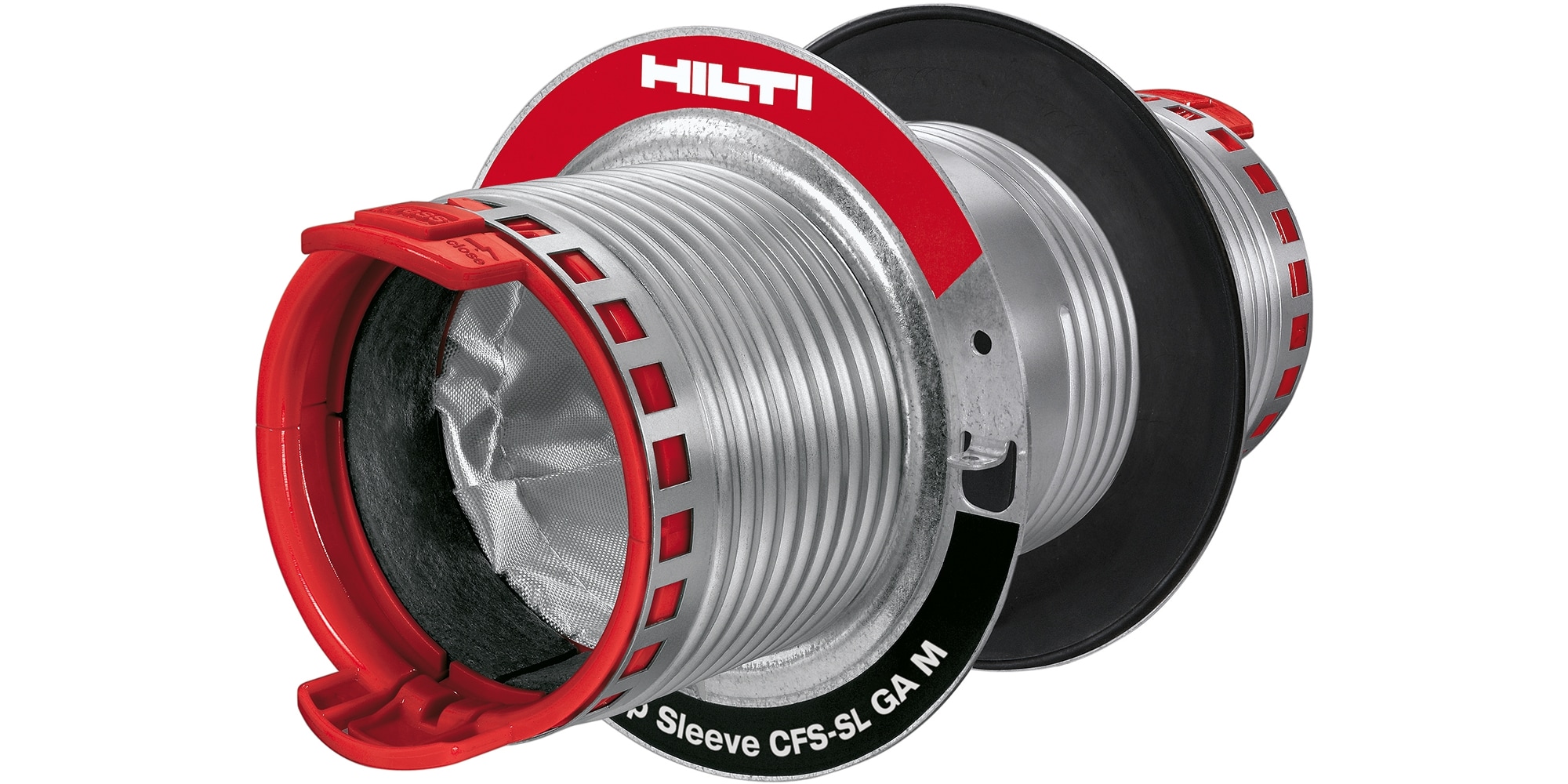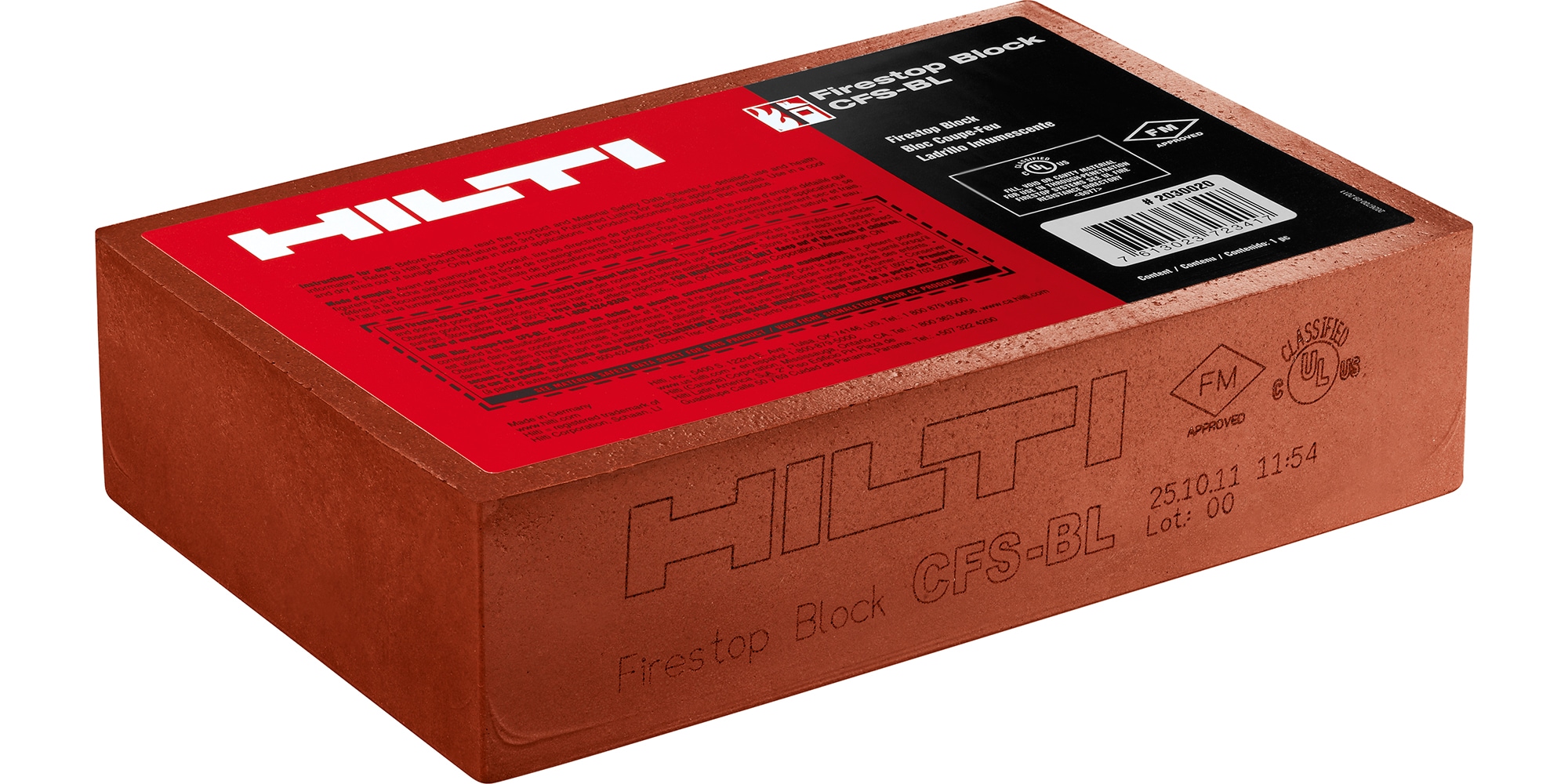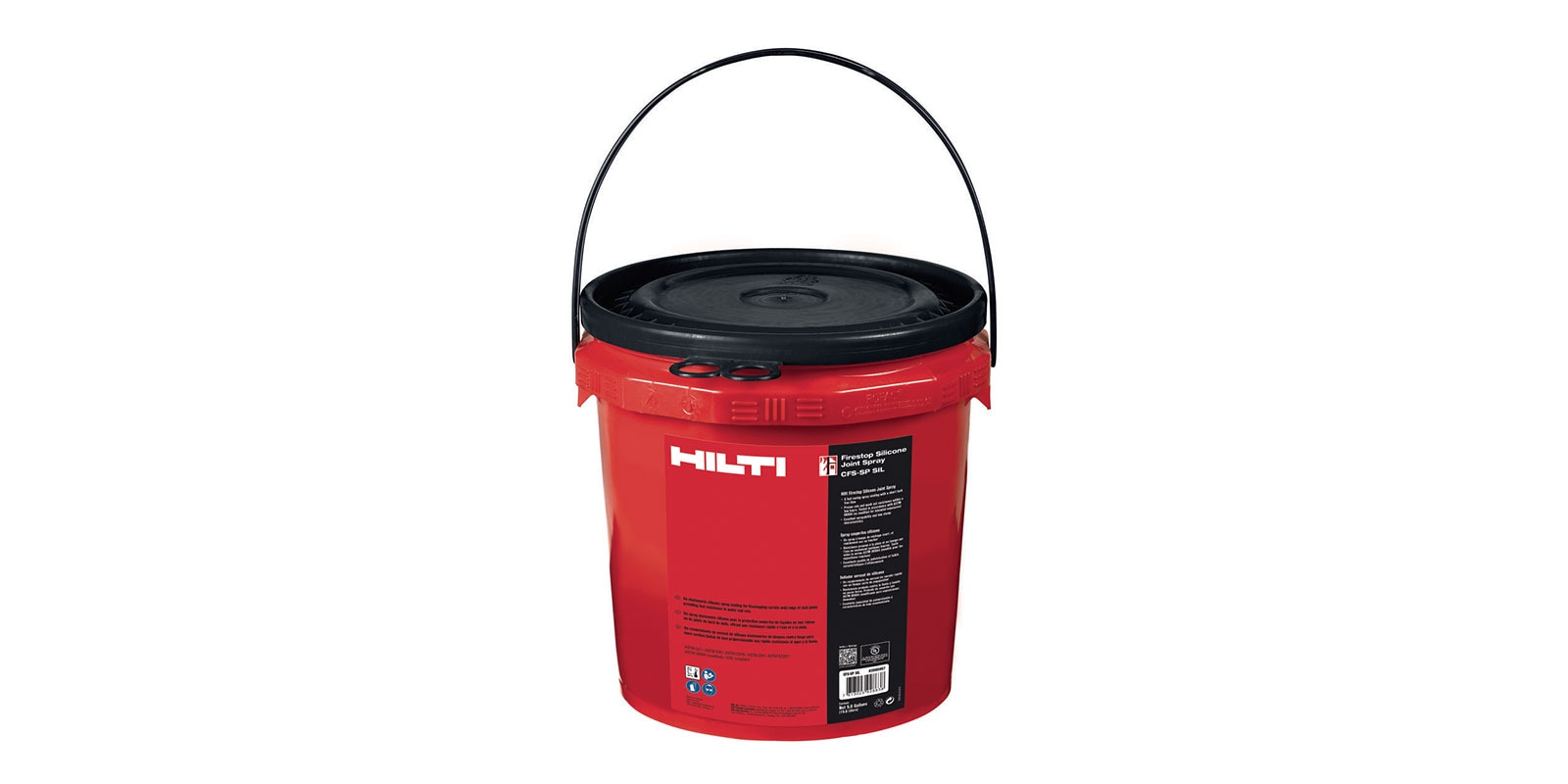FIRESTOP SYSTEMS TESTED TO WITHSTAND MOVEMENT
Our fire protection systems come with a range of approvals according to the latest industry standards
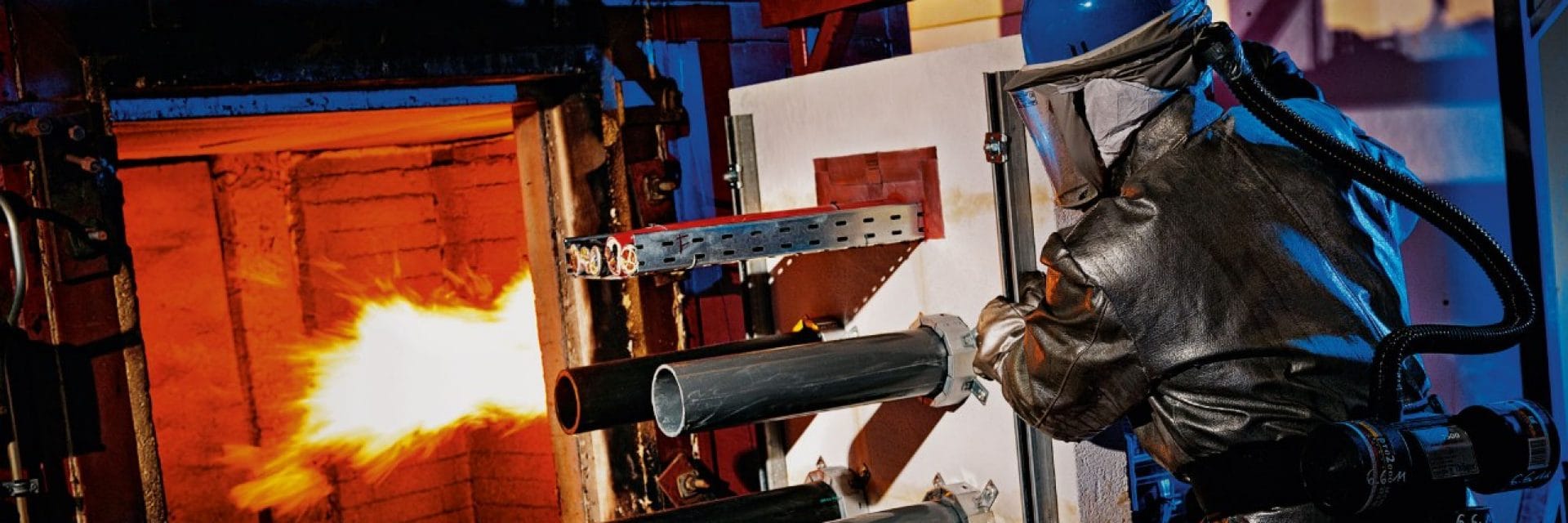


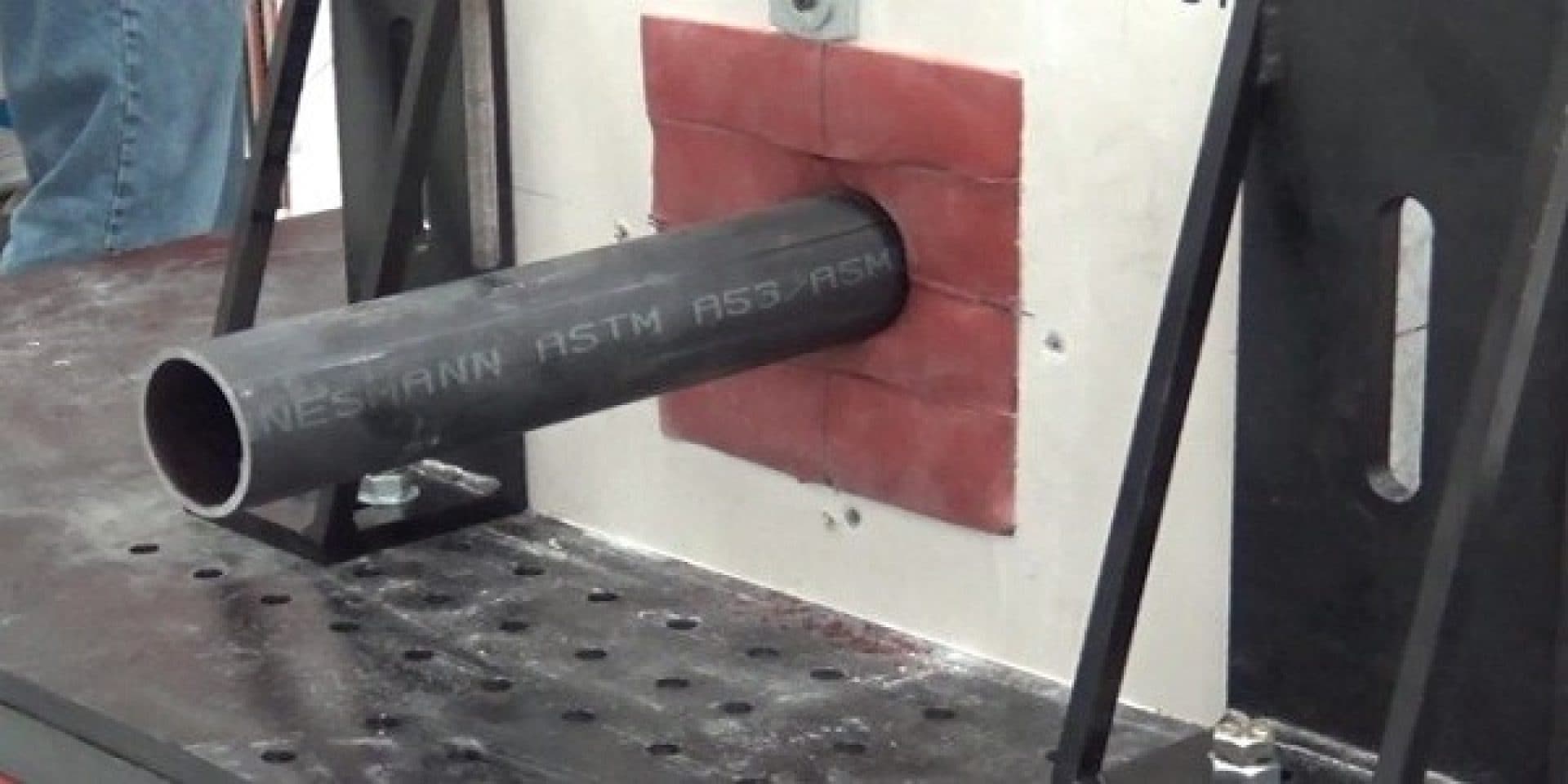
Movement test in perpendicular direction
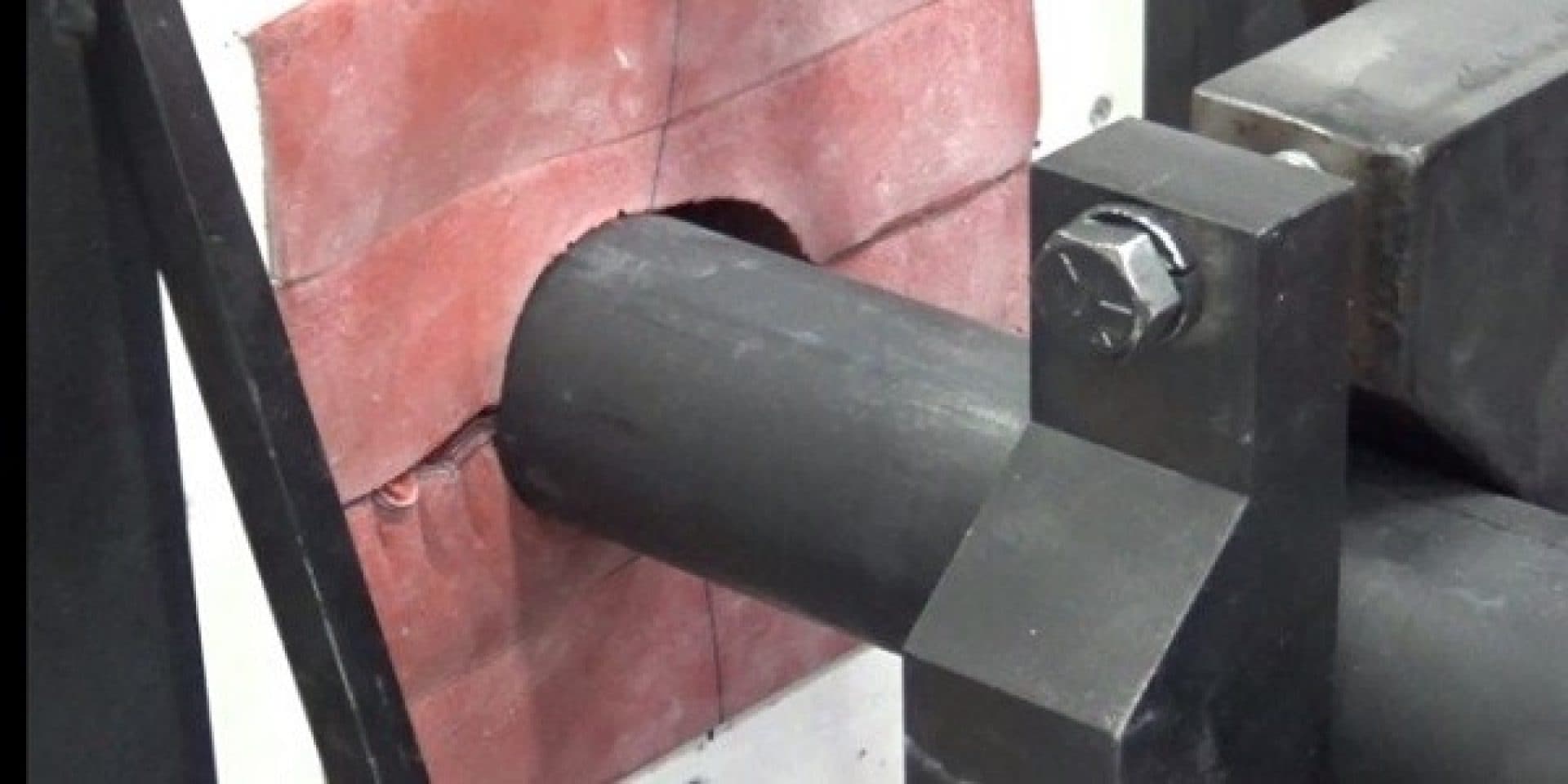
Movement test in parallel direction

